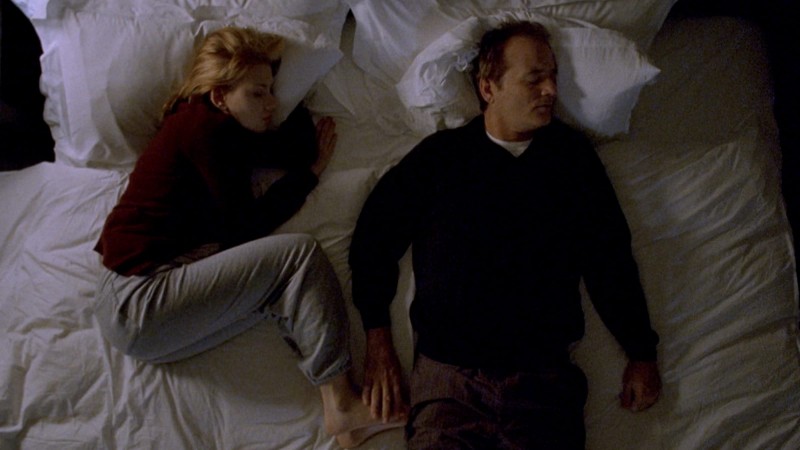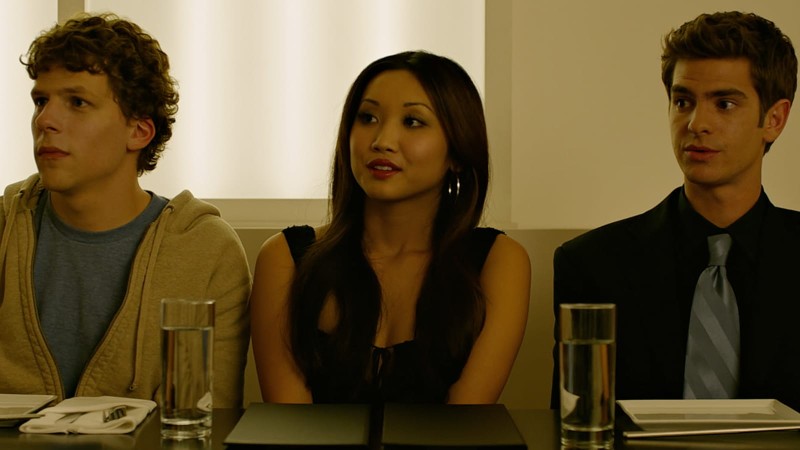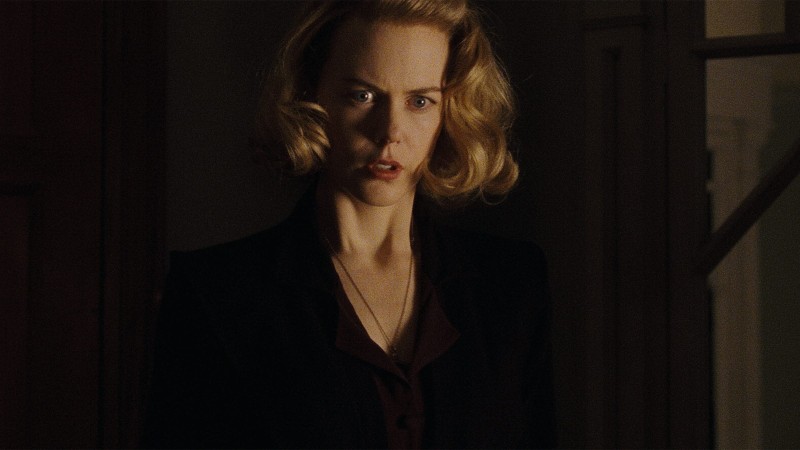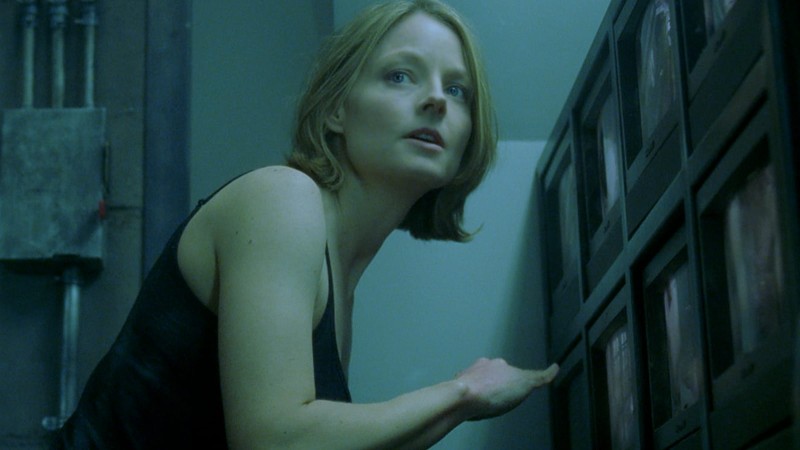Mutations of Memory in Hiroshima mon amour
With his haunting debut feature, 1959’s Hiroshima mon amour, Alain Resnais did nothing less than reimagine the way a story could be told on-screen. Working from an Oscar-nominated screenplay by Marguerite Duras, Resnais created a boldly unconventional narrative structure, relying heavily on flashbacks and other elliptical time shifts to convey a sense that the past is ever present in the fractured psyches of its protagonists, two lovers (Emmanuelle Riva and Eiji Okada) whose paths cross briefly in postwar Hiroshima. In the new episode of Observations on Film Art, now streaming on the Criterion Channel on FilmStruck, scholar David Bordwell examines the editing techniques that Resnais, who himself came up as an editor in the 1940s, uses to piece together his reflective masterpiece. The above clip finds Bordwell unpacking Hiroshima’s stunning prologue, a thirteen-minute-long sequence that interweaves the couple’s lovemaking, documentary footage from the war, and more clearly subjective views of nuclear devastation (some of them reenactments), initiating the film’s investigation into the nature of personal and collective memory. And click on over to the Channel to take in the whole episode, presented alongside our full edition of Resnais’s film.




